The Nikon vs Canon vs Sony debate is one of the biggest in photography. They are the three biggest names in the industry when it comes to cameras and lenses, and their gear is the most popular with photographers at all levels. But which of the three is best?
Unfortunately, there’s no definitive answer to the question of which of Nikon, Canon, or Sony are best. But we will use this article to look at all three brands, covering their history, outlook, and gear, helping you decide which one is your favorite brand.
You don’t have to commit to one brand, but swapping further down the line can be expensive. It’s best to look at each brand when you’re starting out to see which of the three suits your needs as a photographer.
Come with us as we explore the three biggest names in photography. By the end, you’ll have your own answer to the age-old Nikon vs Canon vs Sony debate.
In this section, we’ll give you a brief introduction to Nikon, Canon, and Sony. We’ll provide some of each company’s backstory to show how they became the three big names in photography.
Canon, Nikon, and Sony are all Japanese companies with nearly a hundred years of experience in the imaging industry. While Sony is relatively new to the world of cameras and photography, Canon and Nikon go way back.
Nikon and Canon have been two of the biggest camera brands since the early days of 35mm analog photography. Cameras like the Canon AE-1 and Nikon FM2 are still considered some of the best film cameras ever produced.
When the world went digital in the new millennium, Canon and Nikon were leaders of the pack. The two brands dominated the DSLR market for over a decade. They had DSLRs for beginner, intermediate, and professional photographers.
Now both manufacturers have dedicated themselves to mirrorless cameras, having stopped all development of new DSLR models.
Sony had been making compact cameras since the early 2000s. They dipped their toes in the DSLR market with their A-mount cameras, but it wasn’t until the mirrorless camera era that Sony became a big player.
Released in 2013, the Sony a7 was the first full frame mirrorless camera. From there, Sony has become a true trailblazer in the mirrorless camera industry, breaking records and setting standards.
Canon and Nikon still compete with Sony, however. And thanks to their wider range of cameras, Nikon and Canon still outsell Sony.
We’ll look at cameras from all three manufacturers in more detail in the following section.
Now we’ll look at the cameras from each brand in more detail.
Canon sells the most cameras out of all the major photography brands. This has been the case since the days of the DSLR camera. But the popularity of Canon has carried over to the mirrorless era as well.
One reason for their popularity is that Canon has always catered to photographers at all levels. They make incredible machines for professionals, but their entry-level models are also excellent. That was true with DSLRs and it’s still true with mirrorless cameras.
Canon and Nikon both announced they would stop developing DSLRs in 2022. That does not mean that DSLRs are completely dead, and you can still buy some new DSLR cameras. But the writing is on the wall for the DSLR.
The Canon EOS 6D Mark II is one of the great DSLR cameras. Situated in the intermediate/pro section of the spectrum, it has proved to be one of their most popular cameras. A 26.2 MP resolution and 45-point CMOS Dual-Pixel AF system make it a great choice for photography purists.
Professionals still rave about the Canon EOS 5D Mark IV. Its powerful 30.4 MP full frame sensor produces stunning pro-grade images. The AF system is the best of any DSLR camera. And uncharacteristically for a DSLR, it’s a fantastic camera for video thanks to the 4K 30fps recording.
Canon’s EOS 90D was record-breaking at the time of release in 2019. The 32.5 MP count remains one of the highest resolutions of any APS-C camera. The images are truly impressive, and it’s another 4K DSLR from Canon.
You can still buy several excellent Canon DSLRs for beginners. The Canon EOS Rebel SL3 and EOS Rebel T7 are two affordable cameras with great specs.
But the Canon EOS Rebel T8i was the last statement on the entry-level DSLR scene. It’s still worth investing in one if you’re a beginner looking for a creative entry-level camera.
Canon was quick to move into mirrorless cameras, continuing their EOS line of interchangeable lens cameras with their R series. And with Canon closing the door on DSLRs, the R range is now the company’s main focus.
There was the short-lived M series APS-C mirrorless cameras. But this never generated enough interest and Canon abandoned the project fairly quickly.
Like the D series DSLR cameras, Canon produces R cameras for all skill levels. The main difference is that the R cameras have all the added features of mirrorless cameras.
For instance, many Canon EOS R cameras have two types of burst mode. One uses the mechanical shutter and the other uses an electronic shutter. As the electronic option has no moving parts, it gives you a faster continuous shooting speed.
Another improved feature is the video recording. All their R-range cameras have at least 4K video resolution. The footage is cropped on some entry-level models, but the overall quality is excellent.
But Canon has taken the idea of hybrid cameras to its logical conclusion, The Canon EOS R5 has incredible 8K video recording, giving you cinema-quality footage from an interchangeable lens camera.
Canon leads all other brands when it comes to autofocus. The Dual-Pixel CMOS AF is the best in the business. While they used a similar system in DSLR cameras, they’ve taken it to new heights in their mirrorless machines. The subject detection and tracking features are incredible.
Even entry-level cameras like the Canon EOS R100 or R10 have sophisticated subject ID and tracking.
In terms of camera sales, Nikon is in second place, but still some way off Canon. That’s not to say Nikon is the inferior brand, and they still sell a huge amount of cameras. But they offer a similar range of cameras to Canon without breaking much new ground.
Nikon cameras are well worth buying, however. They cover everything including entry-level models, vlogging cameras, intermediate cameras, and high-performance machines for the pros.
Nikon and Canon were the two big names in the DSLR business. No other companies were competing with these two giants. But like Canon, Nikon has now halted all DSLR development and focuses solely on mirrorless cameras.
For many years, the Nikon D3500 was the camera for beginners. A compact APS-C DSLR, the D3500 had built-in guide modes, good functionality, and a 24 MP resolution. In many ways, it was the perfect entry-level camera. It was a shame when Nikon discontinued it in July 2022.
You can still buy the Nikon D7500 brand new. It’s more of an intermediate camera, with more advanced features and functions. It’s an affordable option for photography purists.
The Nikon D850 is perhaps their flagship DSLR. It’s a pro-grade full frame camera with a 45 MP resolution, 4K video and time-lapse, and other advanced features. This was perhaps the last of the great DSLRs before mirrorless cameras stole the lime light.
The D850 is still available new if you want a powerful workhorse of a camera.
Nikon’s Z mirrorless camera range is now their sole focus for interchangeable lens cameras. But as with their D range DSLRs, they have cameras for all skill levels.
The Nikon Z50 is the closest replacement to the Nikon D3500, only with all the trappings of a mirrorless camera. It has a faster burst speed, in-camera effects, and 4K video recording.
Nikon has the influencer and content creator market covered with their Z30. It’s a compact APS-C mirrorless designed specifically for vlogging and other types of social media content.
The Z series cameras have more advanced features than their DSLR predecessors. Built-in 5-axis image stabilization is common throughout the range. Burst rates are much quicker. 4K video has also become universal in their mirrorless camera range.
Nikon’s AF doesn’t have the reputation of Canon’s Dual-Pixel system. But it still delivers advanced focusing features in all their cameras. You’ll even find face/eye detection and subject tracking in their entry-level models.
The Nikon Z6 II is Nikon’s best all-round mirrorless camera, delivering gorgeous images and excellent video footage. It also houses a decent selection of creative multi-media features.
If you’re looking for a high-resolution camera, Nikon has you covered with the Z7 II. Its 46 MP resolution is truly impressive.
But the Nikon Z9 is their true professional masterpiece. It has a similar resolution to the Z7 II, but has an improved processor and a built-in power pack and vertical grip. It has everything a professional photographer wants and needs from a camera.
Sony sells fewer cameras than Nikon and Canon, and they offer fewer camera models. But most of their cameras are sit at the professional end of the camera market.
Sony is the master of the full frame mirrorless camera, and Sony cameras have been setting new standards for the last decade or more.
Sony did release a couple of DSLR A-mount cameras in the mid-2000s. But these were never a great success, and Sony was one of the first to dedicate themselves entirely to mirrorless cameras. We’ll skip the DSLR section for Sony and look at their mirrorless cameras.
In 2013, Sony released the first full frame mirrorless cameras; the A7 (ILCE-7) and A7R (ILCE-7). And with these groundbreaking cameras, Sony really set out their stall in the digital camera market.
These cameras also had new features like hybrid phase and contrast-detect AF. They also had some of the best AF tracking of any cameras at that time.
Sony has continued to produce new models within the A7 and A7R lines, each one building on its predecessor.
The latest A7 camera is the Sony A7 IV, an impressive 33 MP camera with 4K 60 fps video recording and a super-quick autofocus.
The Sony A7R V is even more impressive, with its full frame sensor having a whopping 61 MP resolution. This is the most powerful full frame camera on the market, and the image quality is simply staggering.
It’s another 8K video camera, matching the Canon EOS R5 and the Nikon Z9 for cinematic video resolution. Although the R5 and Z9 don’t match the A7R III’s stills resolution.
Sony’s A series cameras are considered some of the best hybrid cameras among professionals. Even pro videographers are using cameras like the Sony A7 IV or A7R V as their main video camera.
Sony has recently broken more new ground with the Sony A9 III. The two previous incarnations of the A9 were top cameras, but the A9 III’s global shutter is a real game changer.
A standard CMOS sensor takes a picture by activating the pixels in sequence. This means images can look distorted when shot in burst with an electronic shutter. The global shutter, however, activates all the pixels at once, so you don’t get any distortion. That’s what makes the A9 III’s 120 fps burst rate so impressive.
Sony only really has one APS-C camera to speak of, which is the Sony a6000 and subsequent models. We’re now up to the Sony a6700, but older versions are still available new.
It’s a super-compact mirrorless with excellent features for photography and sharp 4K video. It’s as small as a compact camera, but you can change lenses to shoot a wider range of photography styles and genres.
They also have a compact camera. the Sony ZV-1 Mark II, that’s a massive hit with vloggers and content creators. It’s a pocket-sized multimedia production machine.
As well as being the top camera manufacturers, Canon, Nikon, and Sony all make super lenses. Sony doesn’t have the staggering lens selection of Canon or Nikon, but they can definitely complete in terms of lens quality.
Canon’s EF lens line for their DSLR cameras has one of the biggest selections of lenses in the photography world. They have prime and zoom lenses of all types, and you can find lenses for any type of photography.
The standard EF lenses are compatible with full frame DSLRs. But Canon also has excellent EF-S lenses for their APS-C DSLR lenses. There are far fewer APS-C-compatible lenses in the catalog, and they are more basic. But the overall quality is still high.
As with cameras, Canon has now turned their attention to the RF lenses for their mirrorless cameras. It’s a newer line of lenses, so the number of lenses available doesn’t match the EF line. But Canon are consistently producing new RF lenses, giving Canon mirrorless users more options.
Like the EF lenses, the standard RF lenses are compatible with full frame mirrorless cameras. The RF-S lenses are compatible with APS-C cameras.
You can use standard RF lenses with APS-C cameras, but you’ll experience a 1.6x crop factor. It is not possible to use RF-S lenses on full frame cameras.
Canon also has a superior class of lenses which runs through both EF and RF lines. These lenses have the letter “L” in the title, and these L lenses are of the highest professional standard.
The Canon L-grade lenses are equipped with the finest glass elements, optical image stabilization, and other features like custom control rings.
We can’t be sure of the exact number of lenses in Nikon’s F-mount collection, but it’s a very big number. Nikon’s F-mount collection is even bigger than Canon’s EF collection. They have every possible photography situation covered.
Lenses marked as AF are compatible with Nikon’s DSLR cameras. However, only the AF-S lenses are compatible with camera autofocus systems. You have to focus manually with the older AF lenses.
Nikon AF-S DX lenses are compatible with APS-C cameras, and AF-S FX lenses are compatible with full frame cameras.
Moving away from the F-mount DSLR cameras, Nikon now produces Z-mount lenses for their mirrorless cameras. All the Z lenses are compatible with camera AF systems. You also have DX and FX Z-mount lenses.
The Z collection isn’t even close to the F in terms of size, but there are plenty of excellent Z-mount lenses. It’s also constantly growing, with Nikon releasing new lenses every couple of months or so.
Nikon has also introduced a premium line to their Z lenses. There was no such premium category in the F lenses, but now Nikon has its superior S-category lenses. You’ll find the S in the lens title, which denotes professional quality.
These lenses have advanced features like custom rings, focus limiters, and weather-sealing. Only a few Z lenses have optical stabilization, or Vibration Reduction (VR), as Nikon call it. But many Z cameras have 5-axis stabilization to compensate.
Sony can’t match Nikon or Canon for numbers, but they certainly can compete when it comes to quality. They also have all bases covered, so there’s a Sony lens for any genre or style of photography.
It’s also not worth mentioning Sony’s A-mount lenses for their DSLR cameras, so we’ll stick to their E and FE mirrorless lenses.
All Sony mirrorless cameras, both APS-C and full frame, have the E mount. However, Sony E lenses are compatible with APS-C cameras and FE lenses with full frame cameras.
Seeing as Sony only has one APS-C camera in production, the Sony E lens selection is fairly limited. The lens quality is very strong, and all the lenses work well for photography and video recording.
You have much more choice when it comes to Sony FE lenses. They have everything from wide-angle primes to telephoto zoom lenses.
Sony also has two premium categories for its FE lenses. There are lenses marked G, identifying them as professional quality. But you also have G Master or GM lenses that are a step above that.
The Sony GM lenses are some of the best lenses in photography and videography. They are even a cut above Canon L and Nikon S premium lenses, making them the best of the best for interchangeable lenses.
You’ll find Sony’s Optical SteadyShot (OSS) stabilization in all the G and GM lenses, sometimes with different modes. And they have unique features like the power zoom, which improve the user experience even more.
We’ve mentioned a few landmark cameras from all three brands throughout the article. But we’ve been flying through them without stopping for breath.
In this section, we look at some of our favorite models from Canon, Nikon, and Sony, showing you why they are cameras for your consideration. You can also find links to full length articles that look at the best cameras from each manufacturer.
Here’s a selection of our favorite Canon cameras. It’s a small list, but it covers all the topics we’ve covered in this article. We’ve handpicked these Canon models to make sure there’s a camera for everyone.
If you want more, you can see all the Best Canon Cameras in this link. We also have a full article on the Best Canon Cameras for Beginners if you’re new to photography.
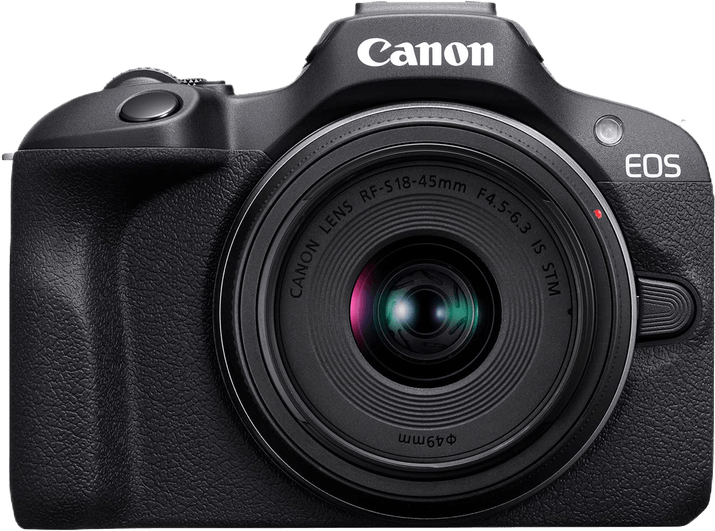
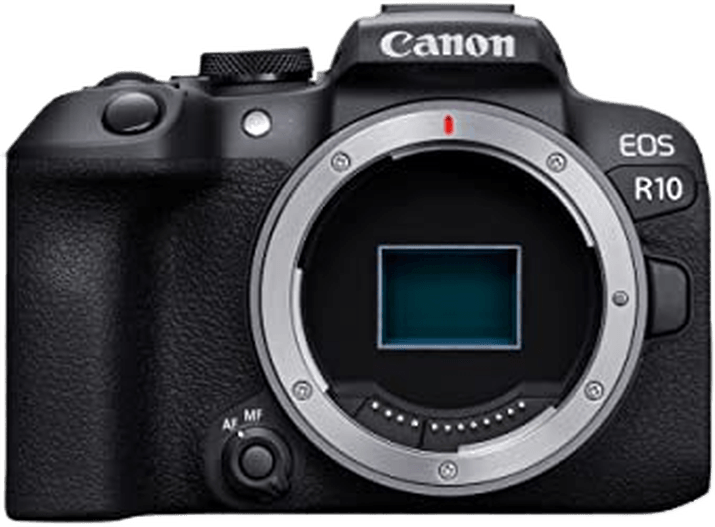
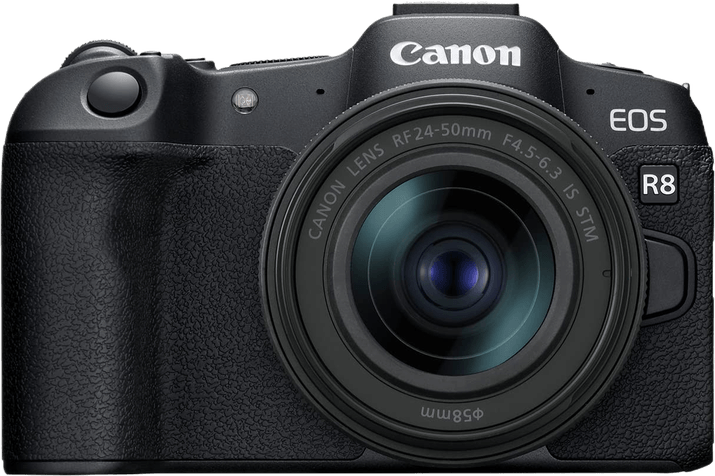
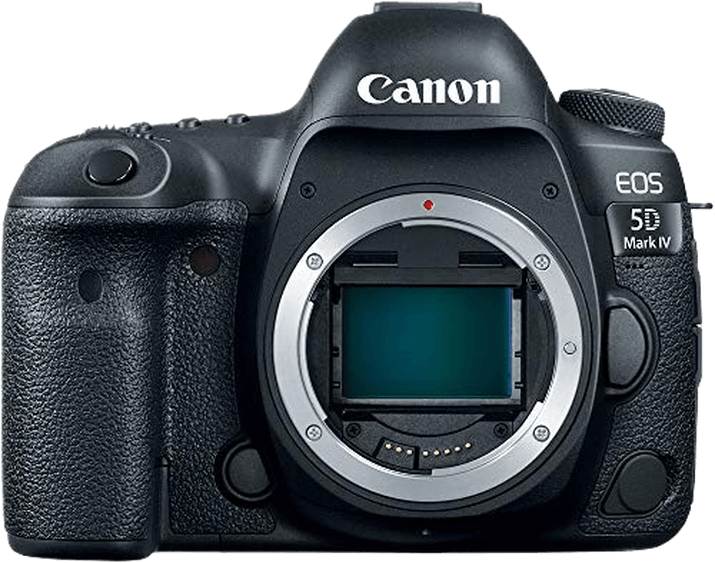
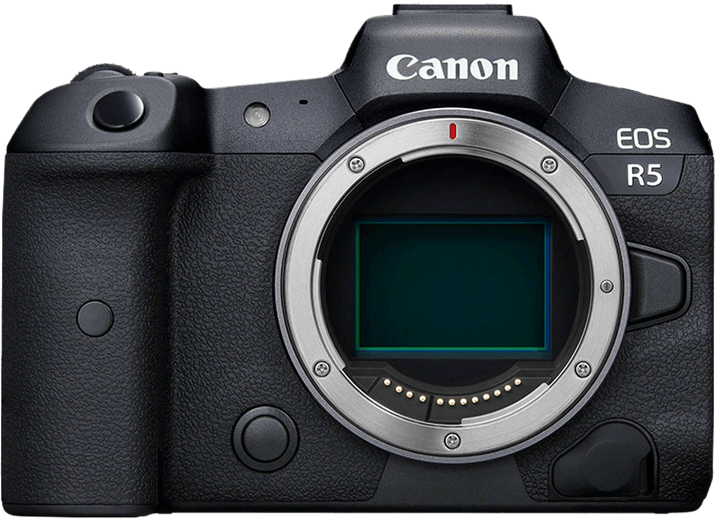
If you like the sound of Nikon’s cameras, here are our top picks. Again, we’ve gone for a wide range of cameras to make sure everyone leaves with a camera that suits them.
See our full Best Nikon Cameras article for a more in-depth look at the top cameras. We also have an article looking at the Best Nikon Cameras for Beginners.
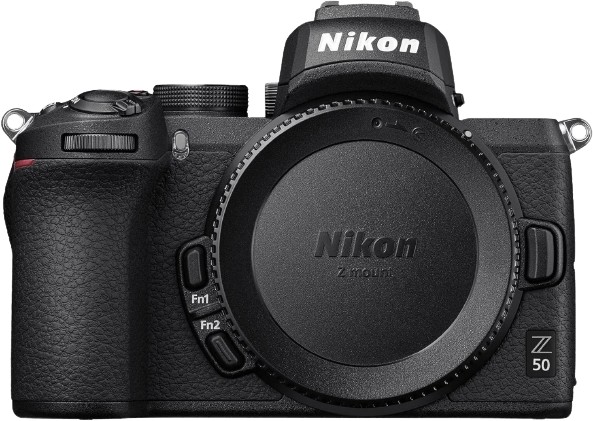
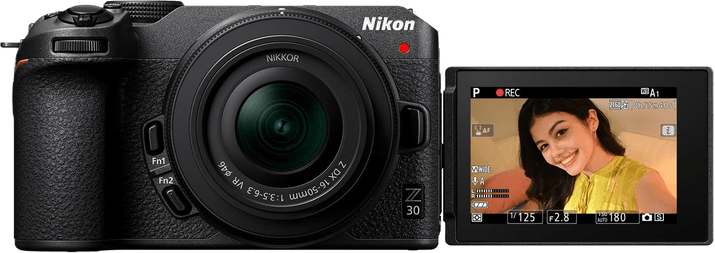
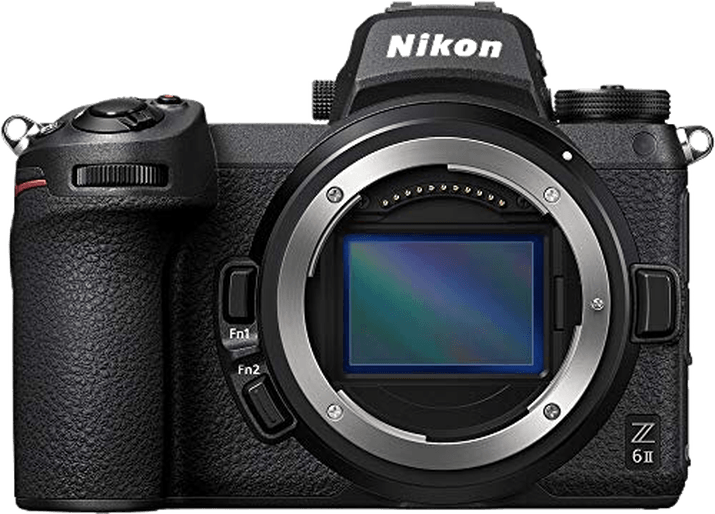
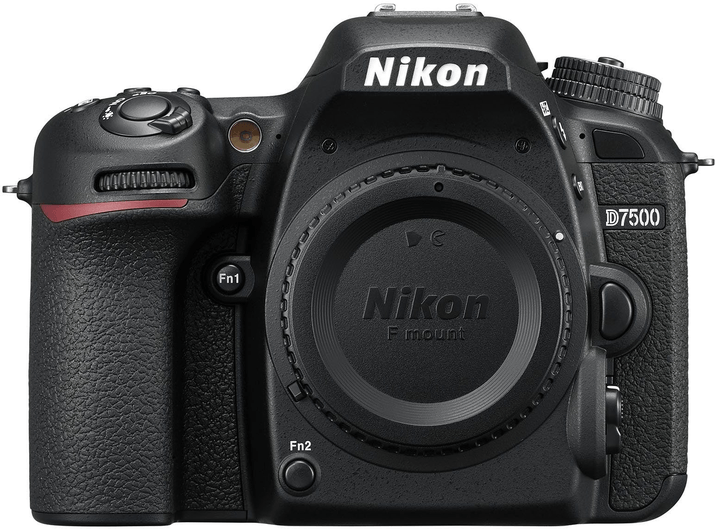
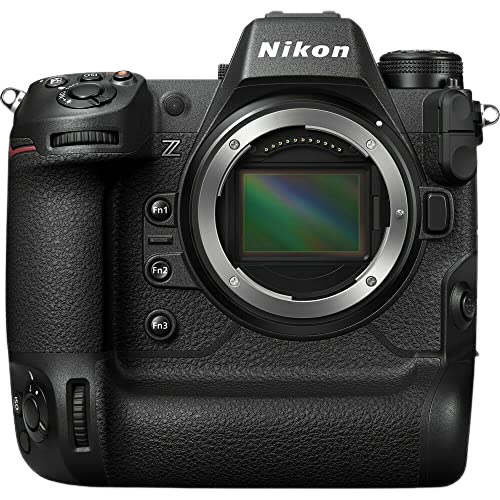
Sony don’t have the same wide range of cameras as Canon and Nikon. Despite them having a more pro-grade focus, there are still some excellent Sony cameras we can recommend.
Check out our full Best Sony Cameras article if you want more options and information.
The Nikon vs Canon vs Sony debate is a hot one. There’s no denying they are the three biggest names in photography right now. But there’s very little to separate them when compared against each other.
Nikon and Canon have similar histories and now fill very similar spaces in the photography market. They were giants of the DSLR scene, but now both focus solely on mirrorless cameras.
They are in close competition, with both offering cameras for every skill level. It’s the same story for lenses, too.
Sony hold a slightly different position, appealing more exclusively to the professional market, at least with their interchangeable lens cameras. Although they do have a few offerings for less experienced photographers and content creators.
They also edge Nikon and Canon in terms of professional-grade lenses, making them a top competitor for professional photographers.
Finding a winner between Nikon, Canon, and Sony depends on personal preference. They are the top three brands for a reason, and none of them are slipping up or falling behind. It’s a matter of using the information we’ve provided to make an informed decision.